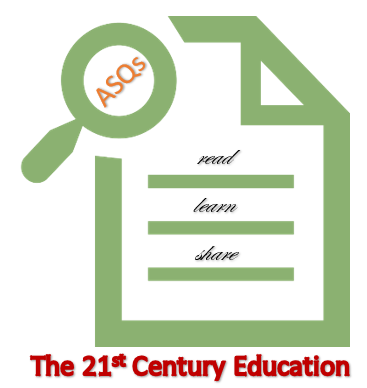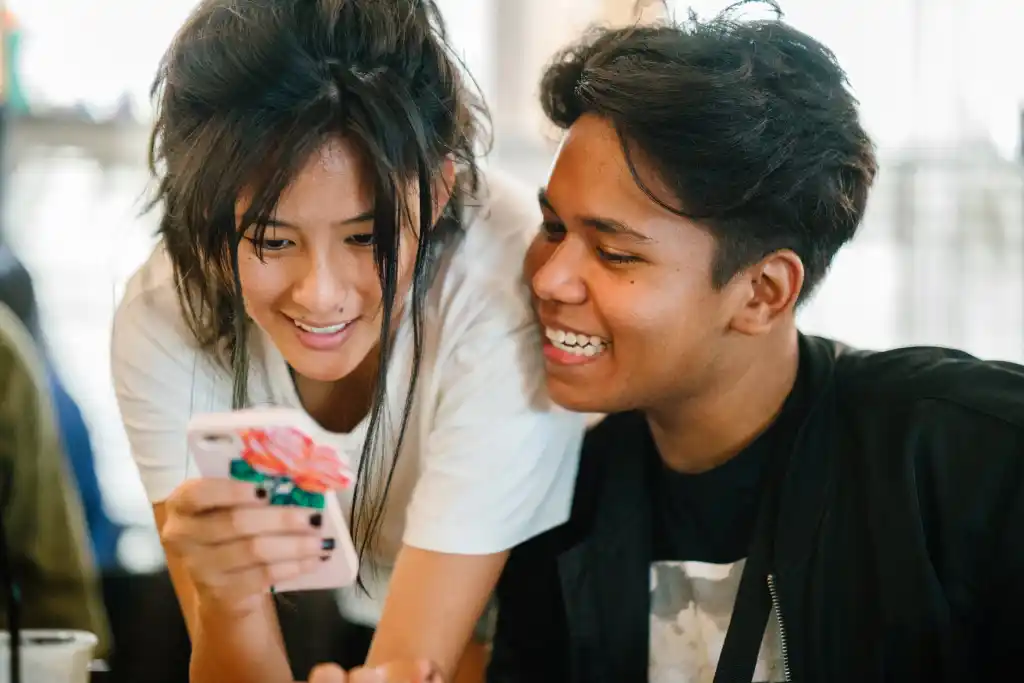
Interactive teaching encourages students to actively participate in the learning process in order to gain as much information and knowledge as possible from their teachers. Teachers employ a variety of approaches to engage students in interactive teaching methods, the most common of which are illustrated below:




What is meant by interactive?
Vinogradova (2018) defines “the word “Interactive” is formed from the word “Interact” (English), where “inter” means mutual, “act” means to act. The name of the method comes from the psychological term “interaction“, which means “intercommunication“. Interactionism is a trend in modern social psychology and pedagogy, based on the concepts of American sociologist and psychologist J. G. Mead”. Interaction is linked to individual interpersonal communication, with the ability of a person to “act on behalf of the other,” to picture how the communication companion or company perceives the matter and then interpret and adapt their own actions accordingly. In this context, the terms “interactive communication” and “interactive pedagogical communication” might be read as a heightened, purposeful activity of the teacher and student in coordinating interaction among them for development (Zenina, 2012).
Teachers must encourage students to actively participate in classroom activities, utilize their minds, and urge themselves to think in order to have long-term memory retention. Students’ knowledge will develop as a result of these methods, as will their sense of interest, strength, team spirit, and freedom of expression. Great teachers inspire their pupils to approach things positively, accomplish them better, and produce good and desirable results. Being alert, responsive, nimble, and encouraging are all qualities of a successful teacher. They should always work with an open mind so that they can better and more productively inspire their students. In the interactive session of the classroom, teachers should experiment with various interactive learning approaches.

Teaching styles should include a simple idea of developing without practical application to effectively interact with students throughout the active period of teaching. Because students may not always grasp the depths of the information being studied in the classroom.
Teachers can benefit from interactive teaching approaches in a variety of ways, including:
1. Ensure students’ tangible achievements
Teachers can ensure that students are responding well to a certain topic content by using interactive teaching methods. Teachers can assess their pupils’ achievements.

2. Achieve teaching flexibility
Whether that’s involving students and teachers or students and students, interactive teaching approaches require two-way communication. This will aid in speedy process and approach adjustments. Each person contributes to learning in a unique way through joint action, which is the sharing of knowledge, ideas, and working methods. It can be done singly or in pairs, in the form of group work, and it can include project work, role play, document work, and other sources of knowledge.

3. Perfection comes with practice.
The learning process can be improved and pupils gain from interactive teaching methods that are based on the principles of interaction and activity of students. Openness, engagement of students, equality of their arguments, accumulation of shared knowledge, and the possibility of mutual evaluation and control are all characteristics of the educational communication environment.
4. Motivate students
Interactive teaching methods allow for two-way teaching, which reduces student passivity and makes the process more interesting by involving a larger number of students. It is a method of cognition implemented in the form of joint activities of students in which all participants interact with one another, exchange information, jointly solve problems, simulate situations, evaluate the actions of others and their own behavior, and immerse themselves in a real-world environment of business cooperation to solve the problem.
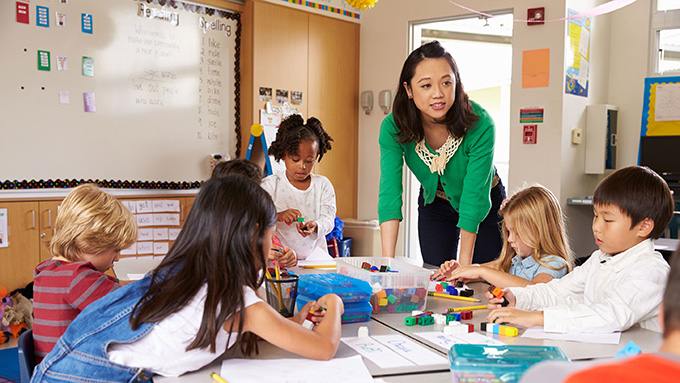
Application of interactive education
The same old lecture method of instruction is no longer engaging, as it frequently bores students in the classroom. Students are losing interest in this method of instruction. Instead, they’re interested in interactive teaching approaches that encourage students to pay attention and participate, making it more attractive, fun, and intriguing. Interactive teaching methods make learning more engaging and enjoyable.
Accordingly, interactive educational teaching methods should emphasize:
- Encouraging student-teacher-student learning goal setting.
- Introducing questions that will engaging the students in critical, creative and innovative thinking process to find a plausible solution not just eliciting a lively response, a lively discussion, and hands-on experience.
- Using teaching approaches that challenge the students in to answering questions, solving problems and creating relevant alternatives.
- Engaging into work in a structured workgroup setting to allow communication, sharing, and critical thinking to flourish.
The interactive methods may include:
- Think / Pair-work / Share Session
- Buzz Sessions
- Case Study Session
- Incident Process Session
- Question & Answer Session
- Short Writing Exercises
- Note Review Session
- Demonstration Session
Think, pair-work and share session
When using the interactive teaching approach, you must first frame a topic or a problem, after which you must pair your students. Assign each group with a question and give them enough time to come to a conclusion. Finally, you let each member of the duo to express their opinion in their own words.

You can have one student describe the concept and another explain what they learned, or you can have one student explain the concept and another explain what they learned. Students will demonstrate communication with other students in this manner.
Buzz sessions
In the Buzz session, students are given a single topic and instructed to get together in groups to discuss the concept. The group involvement allows each group member to equally express their opinions and ideas (which is in other words “interaction” or “communication”). It encourages students in each group to be more optimistic. Students will learn to benefit from the experiences of others and to learn from their ideas.
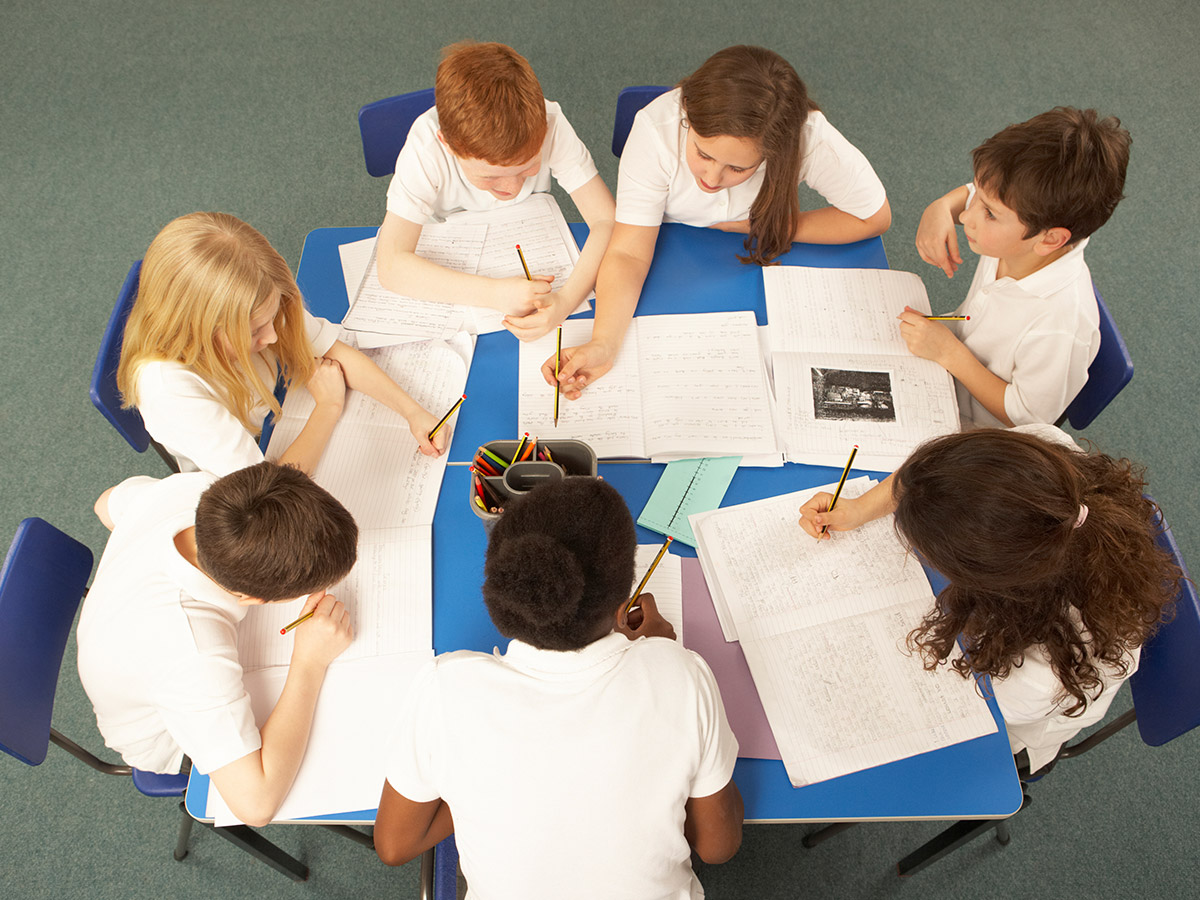
Incident process session
This interactive teaching method is a case study with a few differences from the traditional case study structure. It is less strict than full-case training. The primary goal of incorporating Incident Process into teaching methods is to teach students how to address real-world situations. It includes actual people who help kids prepare for life outside of the classroom.

Question & Answer sessions
The interactive teaching method is really helpful for seeing students’ participation. Once you introduce the topic to the students in the classroom, do not start lecturing on it. Instead, ask each student to write down their question on a small paper regarding the topic. Then collect all the cards, mix them up, and then start Question & Answer sessions.
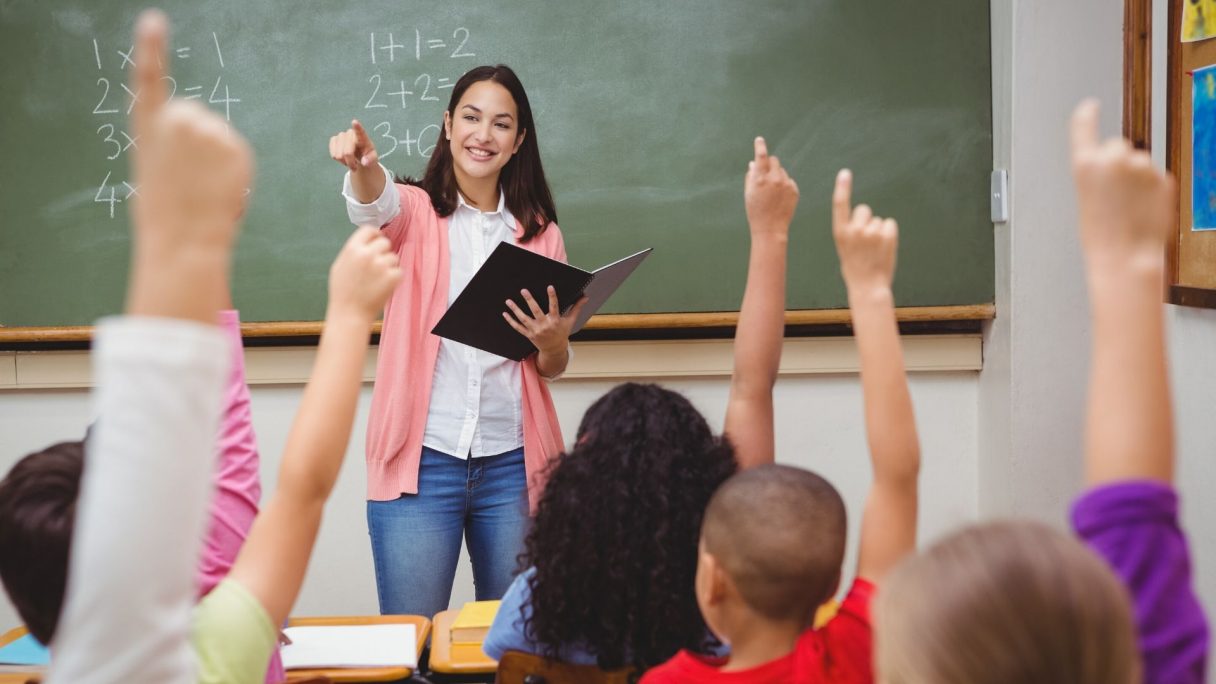
Short Writing Exercises
Interactive writing can be perceived as a dynamic educational strategy in which students and teachers collaborate to create a meaningful text while explaining the writing process in detail. In this short writing exercises may be best used as a small group strategy, which allows for close attention to students’ writing attempts. You can assign your students to interview and write. Your students can interview their partner and write it up as an article, CV, letter of application etc. Also, they might write about each other. These exercises should be given as:
- Blog activity.
- Posting tasks as comments on each other’s blog entries. …
- Wikis
- Forums
- Collaborative assignment over google doc, etc.

Note Review Session
Lay out an agenda for the review session and stick to it. Here are a few ideas to get you started. Begin by polling the audience to see what subject or problem they want you to address. Write each response on the board, grouping requests that are similar (or whatever organizational system works best). Remember, students can use active review sessions to help them prioritize their knowledge and build the critical thinking abilities that will be required on the exam. Students regularly request review sessions to aid them in their exam preparation.

Demonstration Session
Lecture that is interactive In a typical lecture structure, demonstrations introduce a carefully choreographed activity, creating a “moment for telling.” It could be a classroom experiment, a survey, a simulation, or a secondary data analysis. The Interactive Demonstration is a training technique in which a series of steps are employed to encourage trainees’ active participation in the learning of a new skill or practice. Demonstration assists children in learning through observation and is appropriate when a school does not have the means or time to conduct an investigation with all students. It has the potential to engage pupils more than just teacher or textbook explanations. A demonstration is when a child demonstrates to the class how his science project works.
References
VINOGRADOVA, M. V., YAKOBYUK, L. I., & ZENINA, N. V. (2018, May 15). Interactive teaching as an effective method of pedagogical interaction. revistaespacios.com. Retrieved May 28, 2022, from https://revistaespacios.com/a18v39n30/a18v39n30p18.pdf
Interactive teaching methods – digital class blogs. Digital Class E-Learning Marketplace. (2021, June 10). Retrieved May 28, 2022, from https://www.digitalclassworld.com/blog/interactive-teaching-methods/
Zenina N.V. (2012). Use of active teaching methods in the educational process in the
formation of economic thinking of future specialists. Bulletin of the Moscow Financial and Law University. Moscow Finance and Law University, Volgograd affiliate, 2, 195-199.
